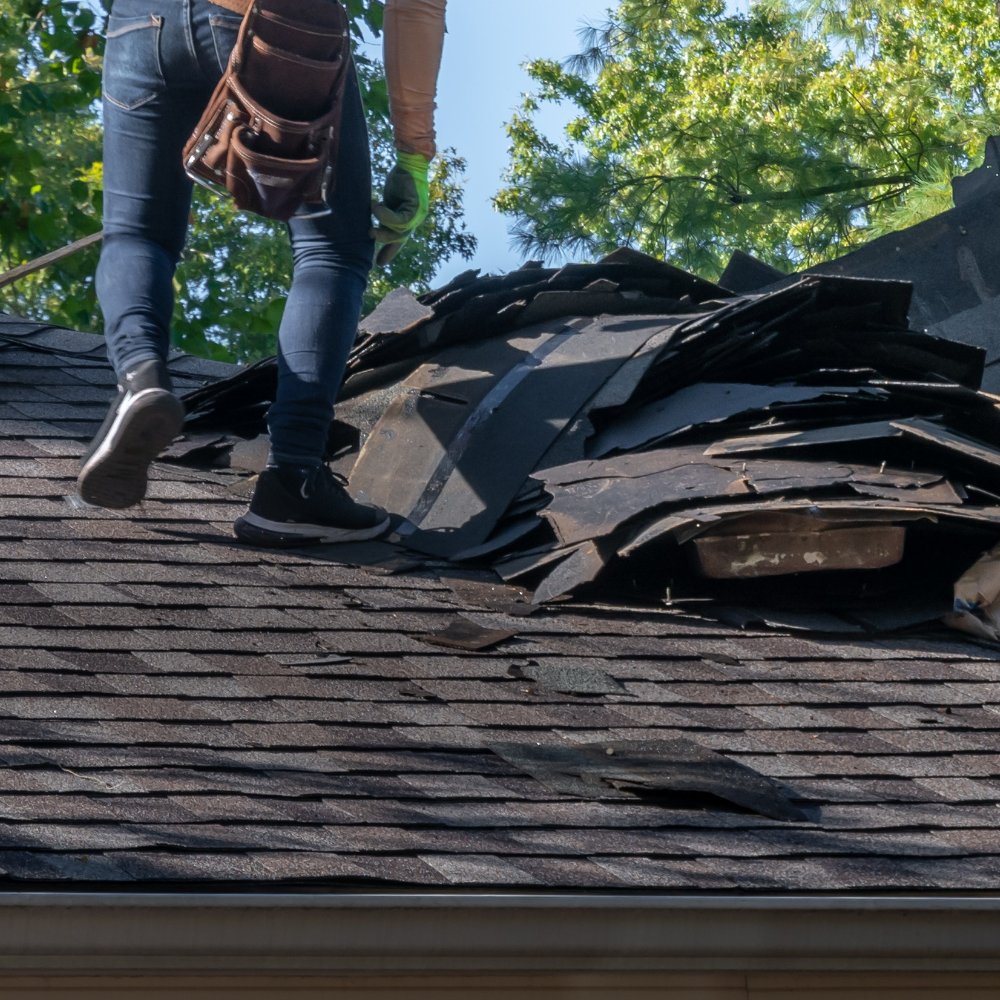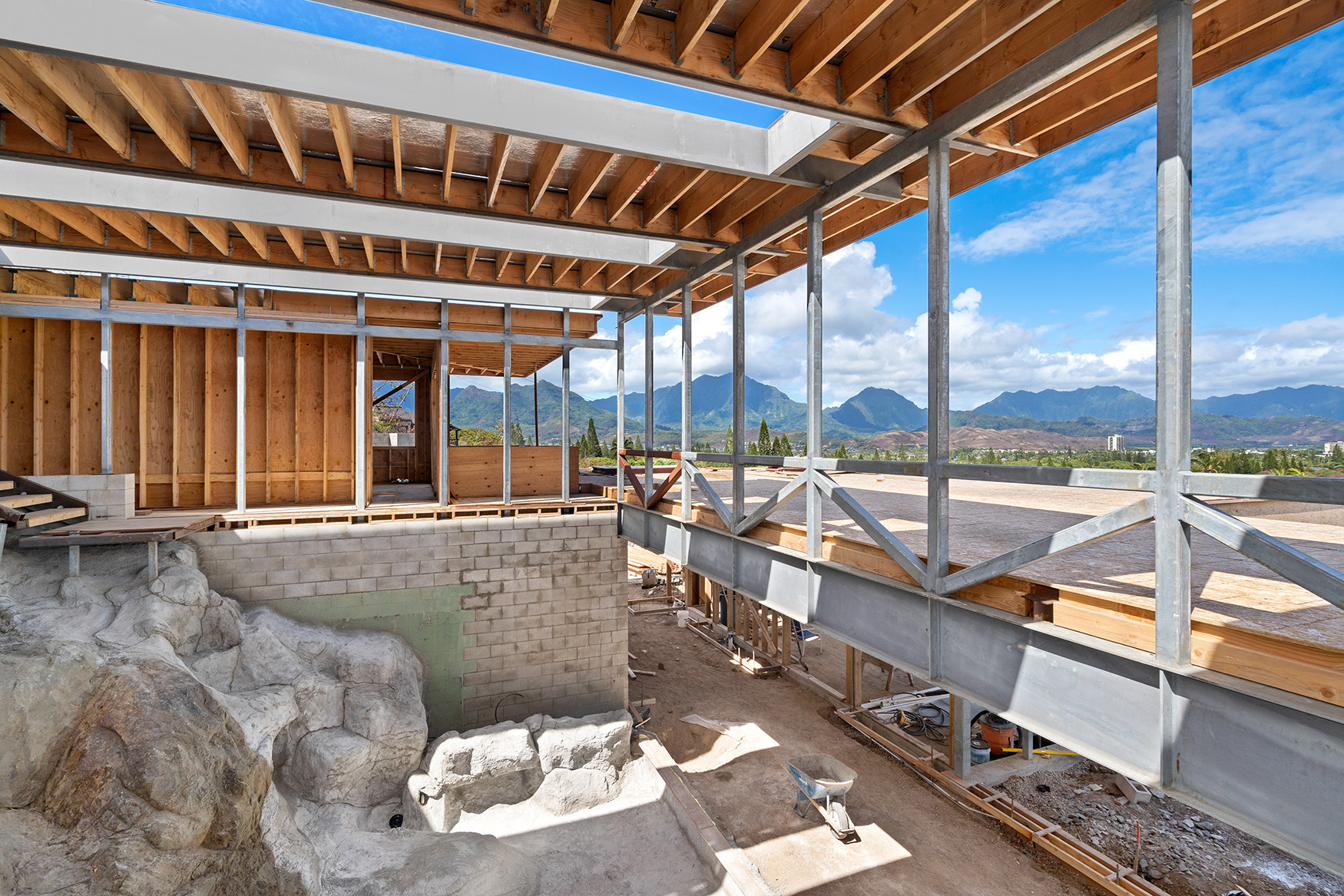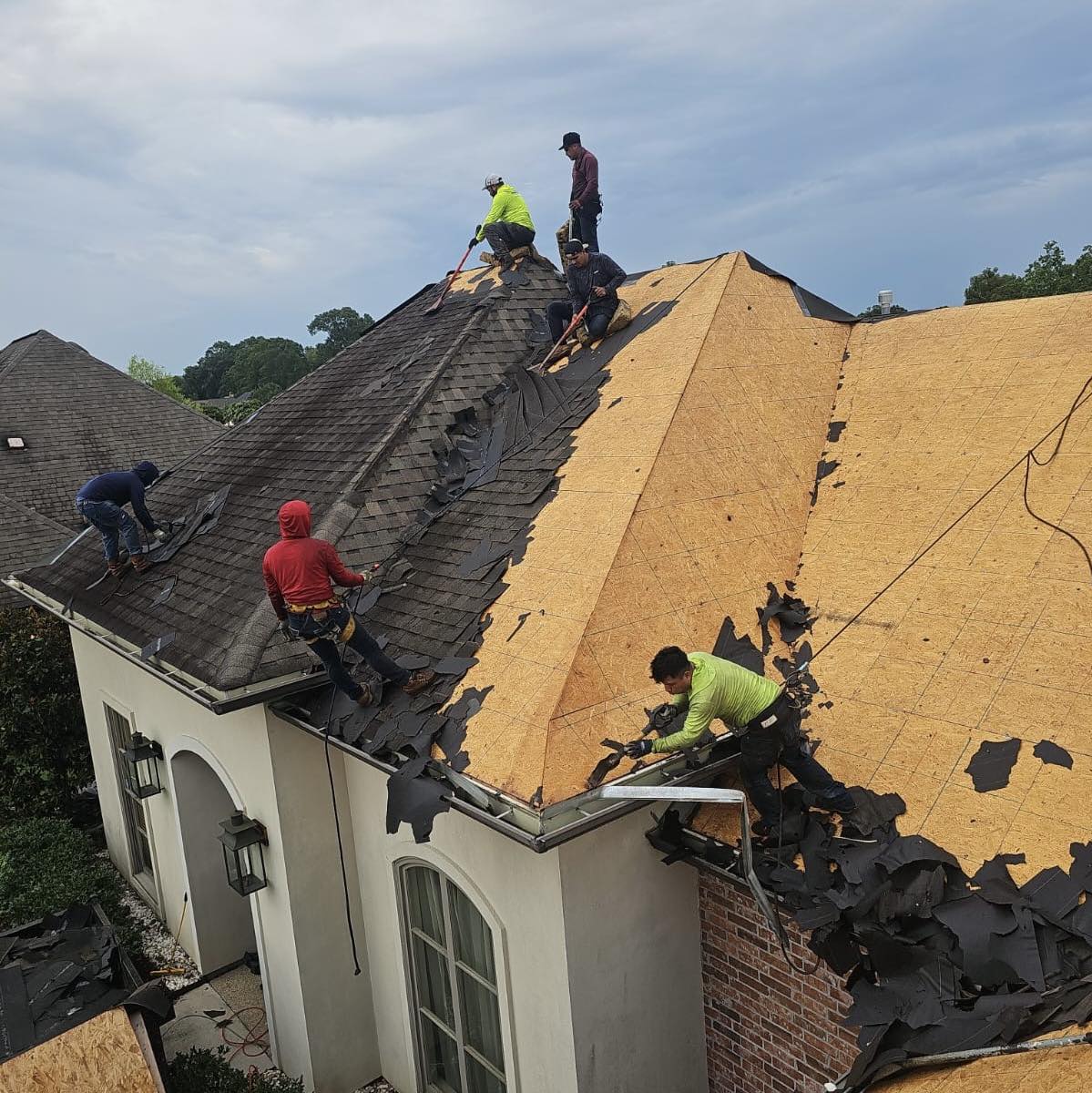You’ll want to contact professional roofers oahu before the wet weather begins.
You’ll want to contact professional roofers oahu before the wet weather begins.
Blog Article
Reveal Typical Roofing Troubles and Exactly How to Address Them Efficiently
When it comes to your roof covering, identifying problems early can conserve you money and time. You might see water spots on your ceiling or broken shingles throughout your routine checks. Ignoring these indicators can result in larger problems down the line. Understanding just how to identify and address these usual roof issues is vital for maintaining your home's honesty. What specific steps should you take to ensure your roof stays in top problem?
Recognizing Roofing System Leakages and Their Causes

Next, analyze your roof covering from the outside. Look for missing out on or broken floor tiles, rusted flashing, or harmed rain gutters. Take notice of locations around chimneys, vents, and skylights, as these are usual leakage resources. If you identify any of these concerns, it's important to resolve them immediately.
During hefty rain, observe your roof for any type of pooling water or drips. This can expose leakages that might not be visible throughout dry problems. By remaining attentive and on a regular basis examining your roof covering, you can catch leakages early and shield your home from further damage.
Managing Missing or Harmed Roof Shingles
When you notice missing out on or harmed roof shingles, it's vital to act promptly to avoid more issues. You'll intend to recognize the degree of the damages, repair any kind of missing roof shingles, and take into consideration precautionary maintenance ideas to maintain your roof in top shape. Taking these actions can conserve you time and cash later on.
Recognizing Shingle Damage
Although roof shingles are created to hold up against the elements, they can still suffer damage gradually, bring about potential leaks and costly repairs. To determine roof shingles damages, beginning by evaluating your roofing system for missing, split, or curled tiles. Look for indicators of staining or granule loss, which can indicate deterioration. Pay focus to any kind of areas where shingles are lifting or twisting, as these can develop vulnerabilities. It's also smart to check for water discolorations or mold and mildew on your ceilings and wall surfaces, as these may indicate leakages stemming from damaged shingles. Consistently checking your roofing, particularly after severe weather, can aid you capture problems early and maintain the honesty of your home.
Repairing Missing Tiles
After detecting shingle damage, the following action is dealing with any kind of missing out on or harmed shingles quickly to stop more concerns. Start by checking the damaged location and establishing the number of roof shingles need replacement. If you can, climb onto your roofing system securely, using proper equipment. Get rid of any kind of broken tiles meticulously making use of a lever. As soon as you have actually gotten rid of the location, slide in the brand-new roof shingles, ensuring they line up with the existing ones. Secure them with roofing nails and apply roofing adhesive for added stability. Do not neglect to secure the sides to stop water seepage. If you're awkward with the repair work, it's a good idea to call a professional. Doing something about it rapidly will assist maintain your roof's honesty and expand its life expectancy.
Preventive Maintenance Tips
Exactly how can you maintain your roofing system in leading shape and stop shingles from going missing out on or obtaining damaged? Examine your roof at the very least two times a year and after severe climate (roofing honolulu hi).
Maintain gutters tidy and free of debris to guarantee appropriate water circulation and avoid roof shingles damages. Trim overhanging branches to lessen the risk of them scraping against your roof covering during storms.
Think about using a safety sealant to extend your roof shingles' life-span. If you observe any kind of concerns, resolve them promptly to avoid expensive repair services later on. Taking these safety nets can conserve you time and money while assuring your roofing system remains resilient and reliable.
Understanding Roofing System Ventilation Issues
Appropriate roofing air flow is necessary for keeping the long life and performance of your roof covering system, as it aids manage temperature level and wetness degrees in your attic. Without sufficient ventilation, you might face issues like excessive warmth build-up, causing early roof shingles wear and tear, or enhanced humidity that can cause mold development and timber rot.
To examine your roofing ventilation, look for indications of overheating, such as warped tiles or a warm attic. Look for obstructed vents, which can limit airflow and catch warmth. You ought to guarantee your consumption and exhaust vents are well balanced, enabling proper air exchange.
If you believe air flow problems, consider mounting additional vents or updating existing ones. Ridge vents, soffit vents, and gable vents can all enhance airflow. Resolving these problems promptly can guard your roofing and save you from pricey repair work down the line. Stay positive in maintaining your roof covering's ventilation to safeguard your home.
Dealing With Roof Covering Moss and Algae Growth
While you could value the all-natural look of moss and you can try this out algae on your roofing system, these microorganisms can lead to substantial problems if left unattended. Utilize a soft-bristle brush to delicately scrub away the moss and algae, being mindful not to damage your shingles.
Next, think about using a specialized roof covering cleaner or a mixture of water and bleach to kill remaining spores. Wash thoroughly to avoid any kind of chemical damages. In addition, mount zinc or copper strips along the ridge of your roof. As rain washes over these steels, it creates a protective barrier against future growth. Regular evaluations and maintenance will assist stop moss and algae from returning, guaranteeing your roof remains healthy for years to come.
Fixing Storm Damage and Wind Issues
After a storm, it's vital to examine your roofing system for damage triggered by high winds and heavy rainfall. go to these guys Start by examining for missing or damaged roof shingles, as these are common casualties.
Search for any kind of drooping locations, which may indicate water accumulation or structural problems. If you locate any particles, like branches or leaves, remove them meticulously to avoid more damages. If your seamless gutters are obstructed, clear them to guarantee correct water drainage.

For small repair work, you might handle it on your own, but do not wait to call an expert for considerable damage. Keep in mind, acting promptly can conserve you from bigger problems down the line, so take that evaluation seriously and resolve any kind of issues as quickly as feasible.
Identifying Signs of Structural Damage
Just how can you tell if your roofing is struggling with structural damage? Beginning by searching for noticeable sagging or dips in your roofline. These signs suggest that the underlying framework may be endangered. Next off, check for fractures or voids in the wall surfaces or ceiling, as these can signify changing or settling due to roofing system problems. Take note of leakages or water discolorations, specifically in locations where the roof covering fulfills wall surfaces. If you observe missing out on or broken shingles, it's vital to address them rapidly, as they can subject your roofing system to additional damage. Inspect your attic room for any type of indicators of daytime glimpsing through, which can mean your roof covering's honesty is at danger. Pay attention for unusual creaking or standing out noises, as they may indicate architectural anxiety. If you discover any one of these indications, it's time to seek advice from a roof professional for a comprehensive analysis.
Routine Upkeep Tips for Durability

Regular Examinations Significance
Since a roofing is your home's important link first line of defense against the aspects, normal assessments are crucial for keeping its stability (roofing honolulu hi). You must inspect your roofing system at least two times a year, preferably in spring and autumn, to catch potential issues early. Look for missing or damaged shingles, indications of leaks, and any type of particles that can cause issues. Pay attention to areas around chimneys, vents, and flashing, as these are typical weak points. If you observe anything uncommon, don't think twice to contact a specialist for an in-depth assessment. Staying on top of these inspections can stop expensive repairs down the line and lengthen your roofing system's lifespan, guaranteeing your home stays secure for several years to come.
Correct Gutter Maintenance
Regular roof inspections normally lead to the significance of correct gutter maintenance. Inspect your seamless gutters for leaks or rust; they can create water damages to your roofing system and home. By complying with these tips, you'll prolong your seamless gutters' life expectancy and protect your roofing system.
Often Asked Concerns
How Can I Choose the Right Roof Covering Material for My Home?
To choose the right roof product for your home, consider climate, toughness, and appearances. Study alternatives like asphalt shingles, steel, or tile. Believe about upkeep demands and budget plan to locate what suits you ideal.
What Are the Signs I Need a Roof Replacement Rather Than Repair Work?
If you see widespread leaks, drooping, or missing out on roof shingles, you could need a roofing replacement. If your roof's nearing its life-span or has significant damages, it's time to consider a complete replacement rather of just repair services.
Just how Typically Should I Arrange Professional Roofing Examinations?
You ought to arrange professional roofing examinations a minimum of annually, ideally in spring or fall. This helps catch potential problems early, ensuring your roofing stays in great problem and extending its life expectancy.
Can I Mount a New Roof Covering Over My Old One?
You can mount a brand-new roof covering over your old one, yet it's essential to check local building regulations and assure the existing roof's condition is sound. This approach can save money and time, however think about prospective problems.
What Is the Average Life-span of Various Roof Materials?
The average lifespan differs by product: asphalt roof shingles last 15-30 years, metal roofs can last 40-70 years, while tile or slate roofs might go beyond half a century. Select sensibly based on your climate and spending plan.
Verdict
By staying attentive and attending to usual roof troubles quickly, you can secure your home and extend your roof's life expectancy. With a little routine maintenance, you'll not just protect your financial investment but additionally enjoy peace of mind recognizing your roof is in leading form.
Report this page